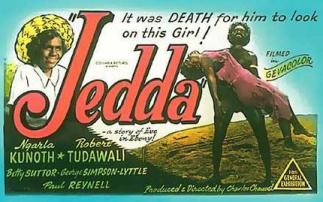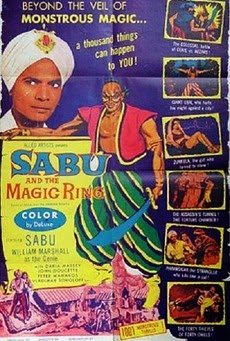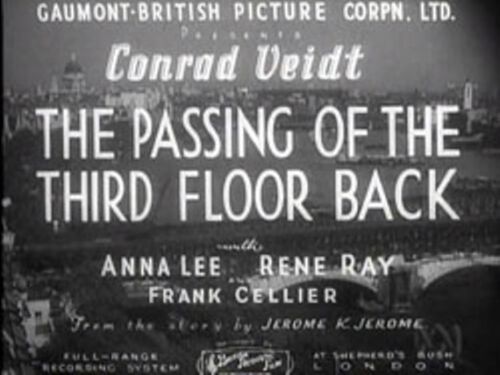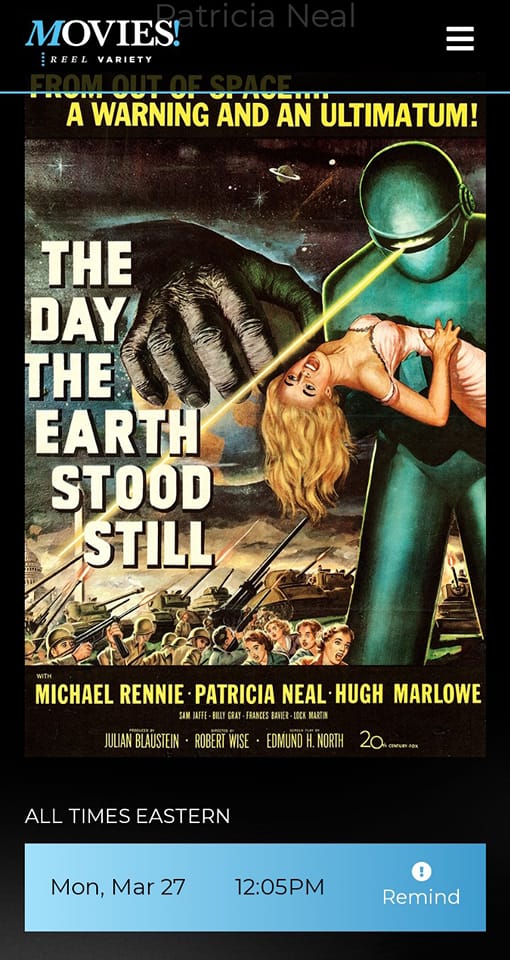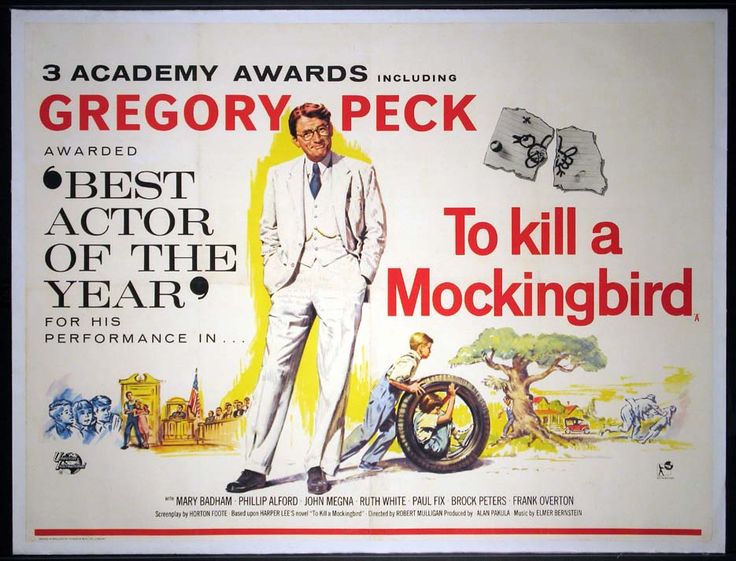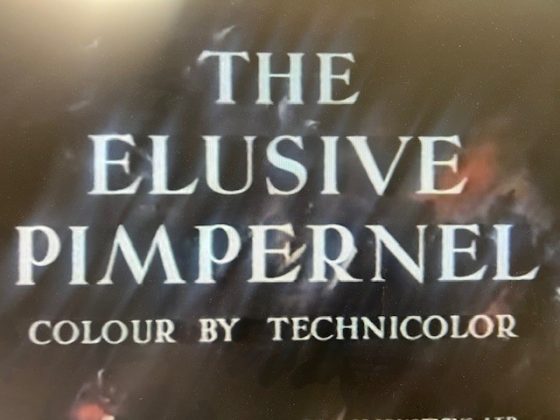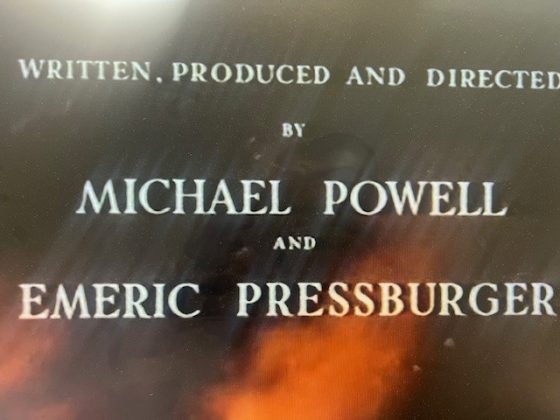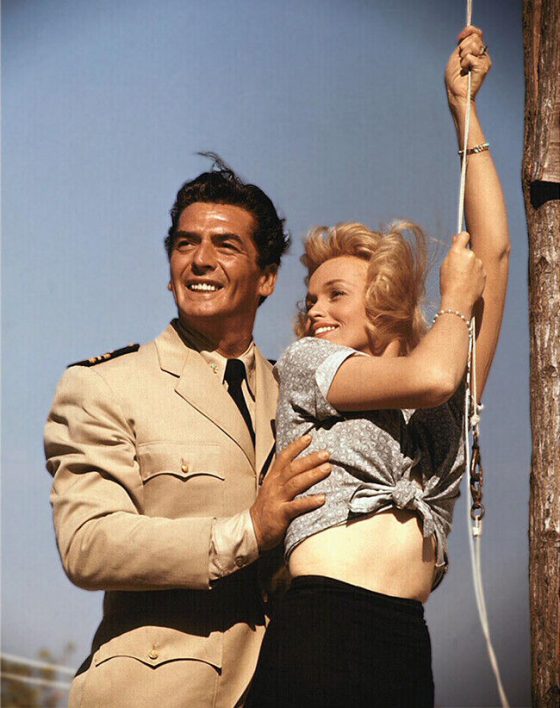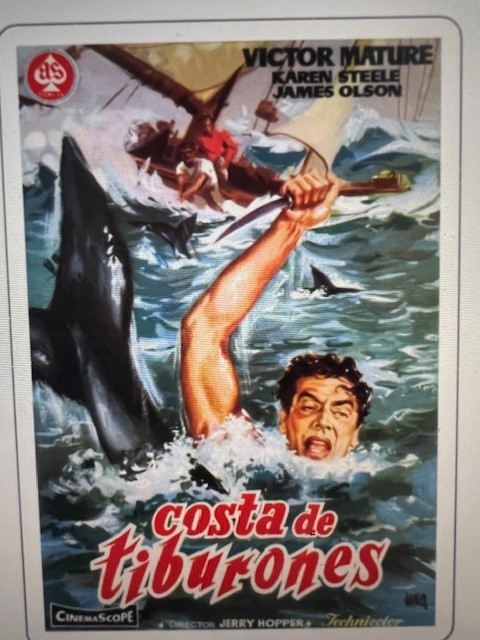This is a British crime drama film, which really shot a very young Hayley Mills into the film spotlight.

In Tiger Bay, Hayley Mills is Gillie, an orphaned English tomboy brought up by her aunt in Cardiff. Gillie wants to get in with the cool kids by getting a cap gun. and is known for being a constant fibber. Meanwhile, a Polish sailor, Bronislav Korchinsky (Horst Buchholz) returns from leave ready to propose to his girl, Anya.
Korchinsky finds out Anya has also moved on and is in love with a married man, so he goes to her new place. By coincidence, Gillie also lives there. She witnesses the pair fight through Anya’s letterbox, still watching as Korchinsky murders Anya. Then he hides the gun. Gillie takes the gun and lies about where she got it. This leads to a Hayley Mills character in league with a charming wanted man for the first (and not the last time) in her film career.
Despite her famous actor father John Mills in the cast as a police superintendent, Hayley in her debut outshines him with her sweet, natural and convincing acting style. She has an excellent screen rapport with Buchholz and this is always evident in their scenes together. Her scenes with her father, are reeky good too.
After this film she became popular with her child performances almost constantly in the Christmas TV film listings in such films as Pollyanna (1960), The Parent Trap (1961) and Whistle Down the Wind (1961).
Another one that I like starring both John and Hayley Mills – and with Deborah Kerr – is ‘The Chalk Garden’ which came a little later than these, but was in Technicolor and Cinemascope.

Hayley Mills and Deborah Kerr in ‘The Chalk Garden’
‘The Chalk Garden’ – one of my favourites – and a film that did pretty well at the Box Office for Universal in 1964
